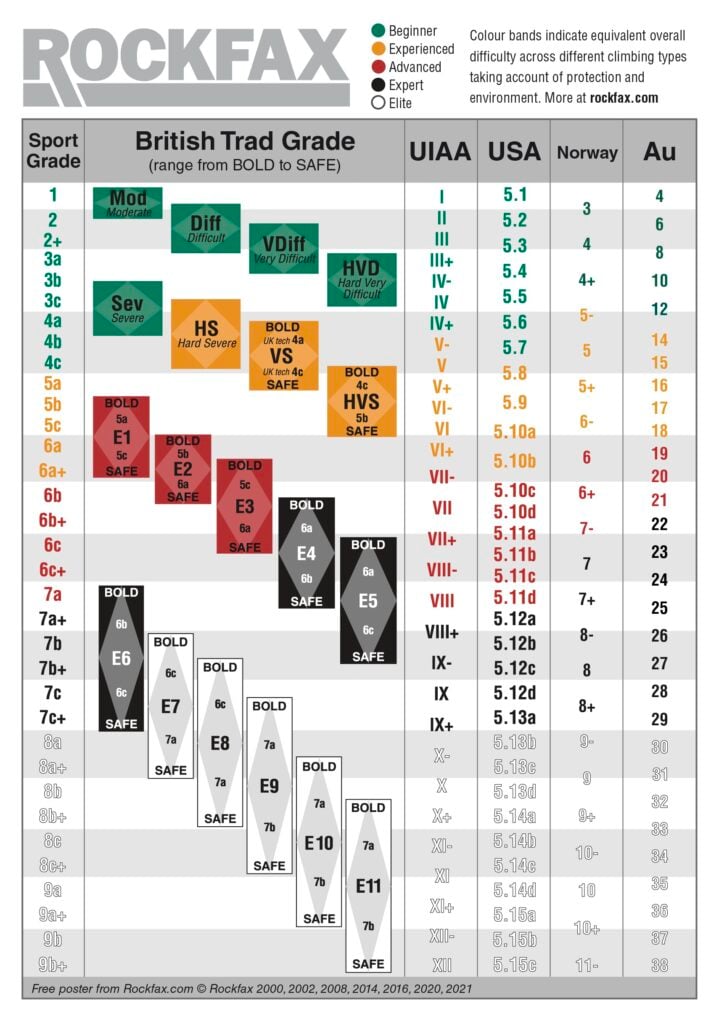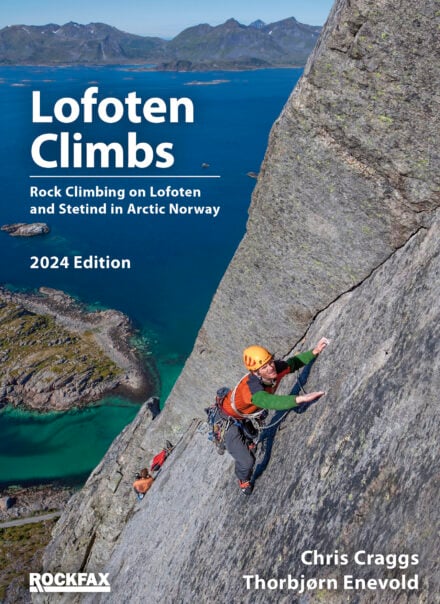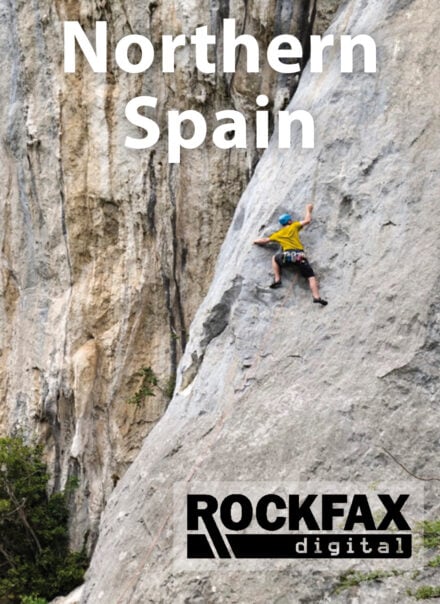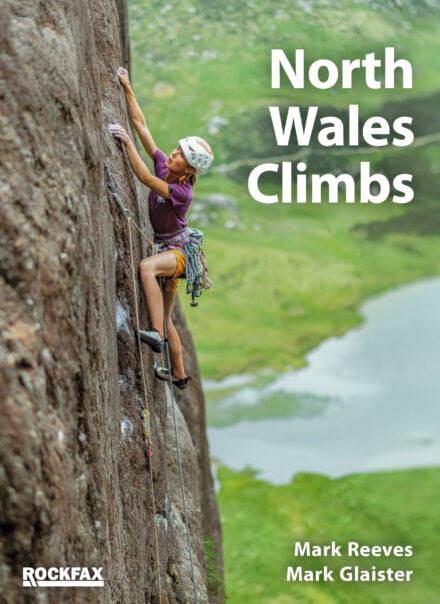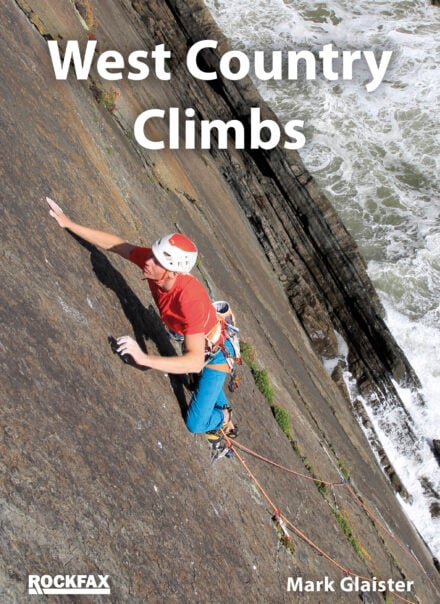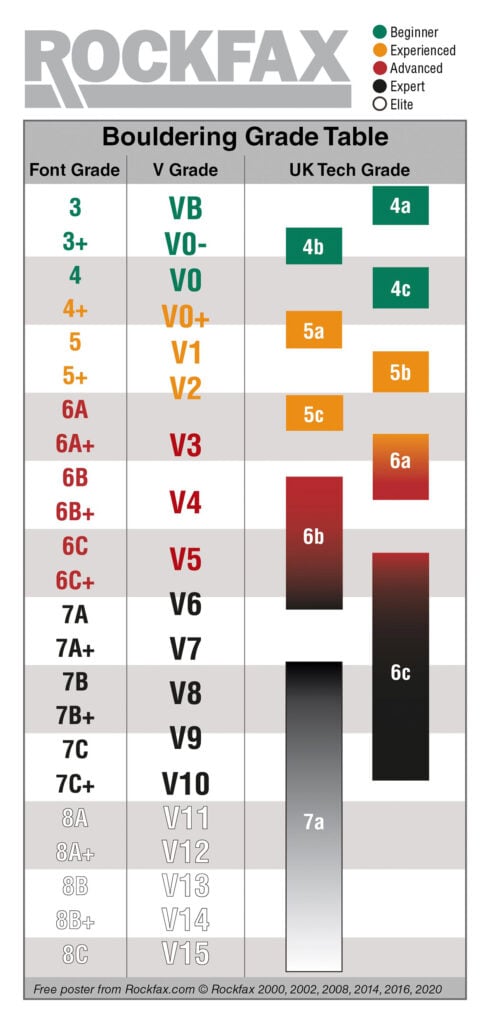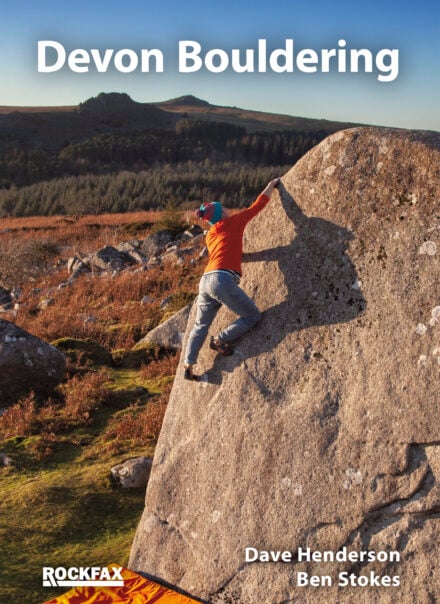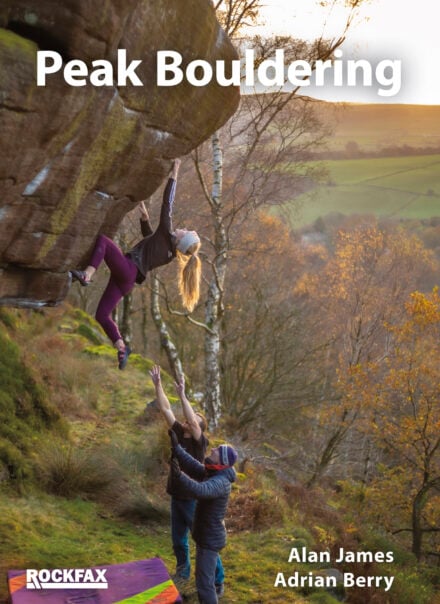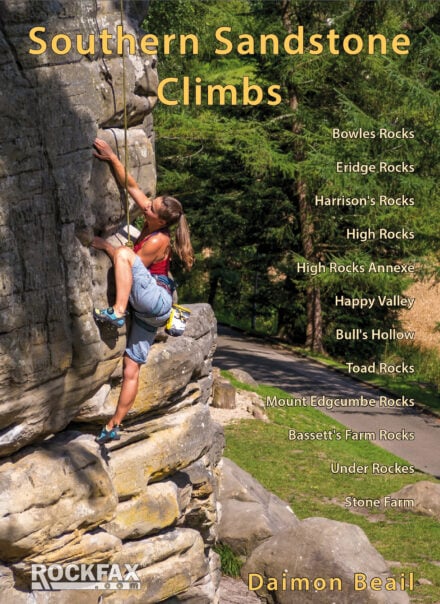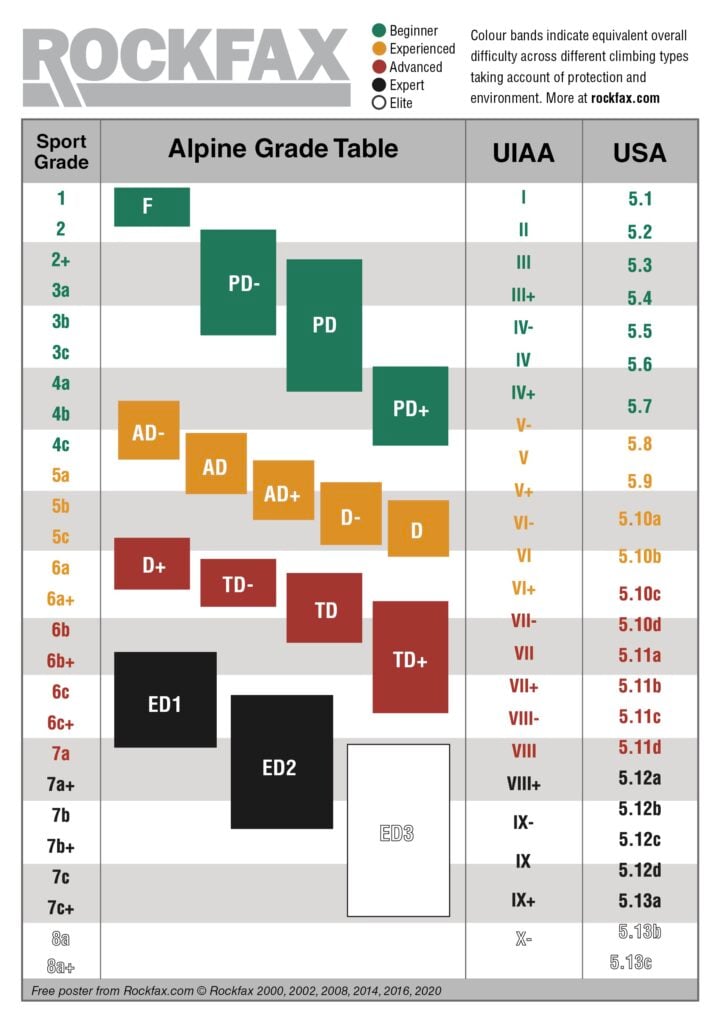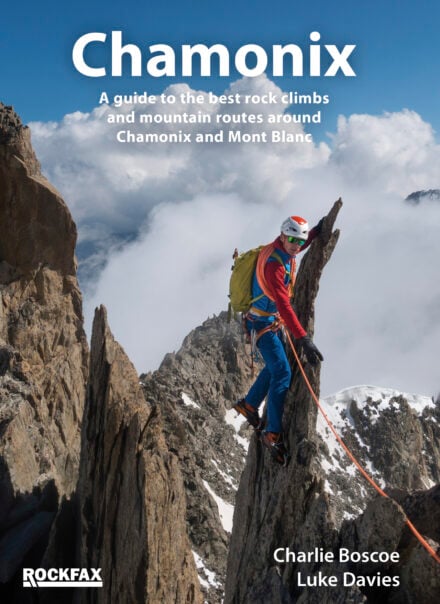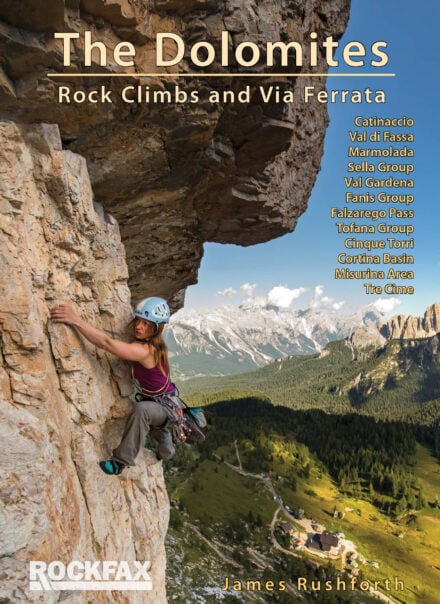The Rockfax grade tables offer a flexible and accurate comparison from the main world grading systems to the unique British Trad Grade and UK Tech Grade.
Trad and Sport Grades
Bouldering Grades
View all Bouldering Guides
Please download the hi-res PDF versions of these tables if you wish to get these printed into posters to use at your climbing wall.
Free Use for Poster Printing
Download UK Trad Grade Conversion Table PDF – Compare UK trad grades with the main international grading systems.
Download Bouldering Grade PDF – Comparison between Font, V and UK tech grades.
We recommend Instantprint where an A1 poster costs around £16 (+VAT and delivery).
Other similarly priced services are available.
Rockfax Colour Codes
The grades in the tables are assigned a colour code that spans the various grading systems. The aim of the colour code is to equate to routes which a climber of a certain ability might like to consider. This means that sport routes and boulder problems of a certain colour tend to have harder moves than their equivalent-coloured trad routes since they are, on the whole, less serious undertakings.
For example, a route given the trad grade Hard Severe may only have moves equivalent to a grade 3 or 3+ sport route, but a climber capable of leading a route at HS would probably also be able to attempt a sport route of grade 5a or 5b. Conversely, someone happy leading a sport route of grade 5c should not assume that they can get up an E1 trad route despite the fact that the technical difficulty level is comparable, they should at least be happy on a red sport route of 6b before transferring their skills to E1 trad climbing.
British Trad Grade
‘Trad’ stands for ‘traditional’ and the grade is divided into two parts:
The adjectival grade (Diff, VDiff, … to E10). This gives an overall picture of the route including how well protected it is, how sustained and an indication of the level of difficulty of the whole route.
The technical grade – (4a, 4b, 4c,….to 7b). This refers to the difficulty of the hardest single move, or short section, on a route.
The British Trad Grade appears to be a mystery to those used to other systems and is thought to be the most versatile system by those who use it regularly. In practice, it is now only used for traditionally protected routes (routes where you hand-place your own gear or where there is only very limited fixed protection – bolts, pegs, threads).
How to recognise a dangerous route from the British Trad Grade
Any route with a high E grade and a comparatively low technical grade is likely to be badly protected and could have run-out sections, committing moves or high first gear. In the table above, the technical grade at the top of the coloured range block is a good indication – for example, routes graded HVS 4c, E1 5a, E2 5b. A route with a technical grade easier than that indicated at the top of the coloured range block may well be fully unprotected or have very run-out sections with possible ground falls.
This is only a general indication though since routes can also be very serious within the parameters indicated in the table. For example, a route may have a very hard technical move that is well protected, and a very dangerous run out section that has no protection. In this case the route will get a high adjectival grade and a high technical grade yet it will still be dangerous. With trad climbing, it is always safest to be familiar with the route by checking a guidebook or asking other climbers.
Sport Grade
This system, which began in France, is the internationally recognised system for grading sport climbs (climbs that have fixed protection at regular intervals). The grade is an overall measure of how hard the route is. This can throw up anomalies since routes with short hard sections can get the same grade as routes that are longer and more sustained but with much easier moves. However since the ‘safety aspect’ of the route is irrelevant, the system doesn’t suffer from all the wider variations of the British Trad grade which have to cater for the safety level of the route.
Onsight or Redpoint?
An onsight grade assumes that you turn up at the base of the route and climb it with no prior knowledge; a redpoint grade assumes that you have practiced every move on the route until you know it intimately before your ascent and the redpoint grade is the grade of the route on the final clean ascent. Some sport routes can become significantly easier once you know a trick or a sequence, and others barely change in grade at all no matter how familiar they are. For example, two routes could both be given 6c+ for the onsight ascent, yet one of them becomes dead easy once you figure out the sequence. This presents a grading problem since, in reality, one of the routes is a lot easier than the other and it is conceivable that someone could hit the correct sequence on their onsight.
What generally tends to happen with grades across the world is that routes are graded in the style that they are usually climbed. So for easier routes below about 6b+ the grade is almost invariably an on-sight grade. For routes above about 7b it is almost always given a redpoint grade. In between is a bit of a grey area and the practice can vary from location to location. The best advice if unsure and you wish to onsight a route is to read the signs:
- Read the rock to see if there is an obvious difficult section.
- A hard crux may have a lot of chalk at one point and not much above.
- A route which is hard to onsight may have the word ‘bloc’ or ‘cruxy’ in its description.
Rockfax guidebooks cover routes in areas of mixed sport and trad climbing so we tend to go for the redpoint grade in the 6c to 7a region however we do make a slight qualification of the Rockfax ‘onsight’ grade; we use the ‘first try – easiest method’ grade. This basically assumes that you are climbing onsight, but you do use the correct holds and sequence.
UIAA
This is the system used in Germany and other areas of Eastern Europe. It basically works in the same way to the Sport Grade and usually applies to fully bolted routes.
USA
The American system, which is used over the whole of North, Central and South America, starts with a 5.something. Grades 1 to 4 refer to walks of increasing difficulty, by the time you reach 5 you are assumed to be scrambling over rocks which equates to about 5.0. Above that things increase into the higher grades where usually the 5 is dropped when you discuss grades ie.’ 5.11d’ is usually said to be ’11d’. This system is also a single grade system and works in a similar way to the Sport Grade, giving the overall difficulty of the route without taking any of the safety aspects into consideration. The danger aspect of routes in the American system is often indicated by the use of a suffix (nominally taken from film ratings).
- PG – ‘parental guidance’: but the protection may be run-out.
- R – ‘restricted’: You may injure yourself if you fall off.
- R/X – A fall could result in serious injury or possible death.
- X – ‘adult audience’: A fall is likely to be fatal.
Norway
The system used in Norway is possibly the least revealing grading system. The same grade is given for both trad and sport routes and the grade bands are wide hence there can be a lot of variation within the same grade.
Australia
The system used in Australia and New Zealand is also called the Ewbank Grade, after the person who invented it in the 1960s – John Ewbank. It is perhaps the most logical system of all. There are no letters or secondary grades, just a single number that gets bigger as the routes get harder. It differs from the USA system in that a route that is difficult to protect will get a higher grade. A bold route with easy climbing, may get the same grade as a much harder sport route, so the grade isn’t very versatile. You need a route description, inside knowledge or visual experience to be able to assess the differences between routes.
Alpine Grade
The Alpine grade takes into account the overall seriousness of a route, not just the technical difficulty. Even if a route is well within your technical level, the glacial approach and objective dangers can make it a much more serious proposition than it would otherwise be in a smaller, non-glaciated range.
Alpine grades begin with F (Facile – easy) and then go to PD (Peu Difficile), AD (Assez Difficile), D (Difficile), TD (Trés Difficile) and finally ED (Extrêment Difficile) which is open-ended – ED1, ED2, ED3 and upwards.
IMPORTANT – Below is a very rough table and it is impossible to provide an accurate conversion between technical difficulty of the hardest climbing – a sport grade/UIAA/USA grade – and overall difficulty of the full route experience from approach through climbing, conditions and descent – Alpine Grade. This is because the difficulties of Alpine routes can increase dramatically with long and remote routes, combine with challenging conditions on approach and descent. As an example, the North Face of the Eiger is thought to be around UIAA V in climbing difficulty, but it is certainly a route worth ED2 as an Alpine Grade. For that reason please treat the conversions in the table below with due respect to the Alpine Grade.
View all Alpine Guides
Thanks are due to Jakub Kasse, Mick Ryan, Thomas Mager, Tom Briggs, Charlie Boscoe and Neil Margetts for help creating this page.

